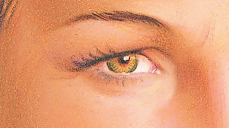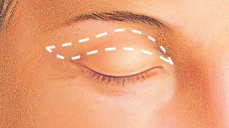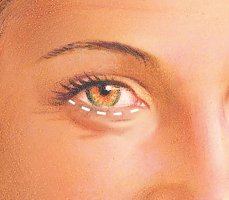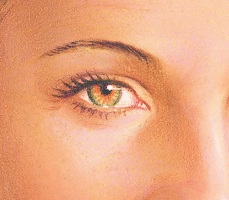Eyelid Lift in Detroit, MI
Eyelid surgery is designed to remove excess skin and fat from the upper and lower eyelids. The procedure usually takes about 1 hour and can be performed using sedation or general anesthesia. The discomfort is usually minimal, as most patients don’t take any pain pills. Patients usually look good within 1-2 weeks.
An upper blepharoplasty is used to correct drooping upper eyelids that tend to sag with time. A thin scar is placed in the crease of the upper eyelid, where it is well-hidden. Excess skin is removed, often along with herniating fat.
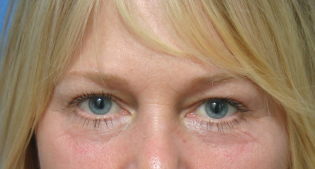
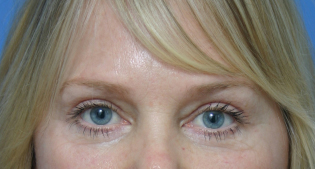
Insurance plans occasionally cover upper blepharoplasty surgery when the upper eyelid skin is so excessive that it disturbs the vision. If you believe you may be a candidate for insurance-covered blepharoplasty, be sure to visit an optometrist like Dr. Scott Youn at the Eye Place for visual field testing prior to your consultation. Unfortunately, Dr. Youn is no longer seeing new insurance patients.
Lower blepharoplasty is used to remove excess puffiness or bags from under the eyes. The lower eyelid puffiness is caused by excess herniating fat, which is removed during the procedure. In general, lower eyelid wrinkles are not removed by lower blepharoplasty. Wrinkles are best treated using lasers or chemical peels.
Lower blepharoplasty can be performed under sedation or general anesthesia, takes about an hour and fifteen minutes, and results in very little discomfort. Most patients don’t take pain pills and look good within a week or two.
There are three techniques of lower blepharoplasty surgery:
The traditional technique entails a small incision under the eyelashes and is best for patients who have excess skin on their lower eyelids in addition to puffiness. Skin can be removed, along with the herniating fat. The scar is usually well-hidden and can be difficult to see. The benefit of this technique is the ability to remove excess skin. The drawback is the potentially visible scar and the higher rate of lid retraction. Some plastic surgeons believe that this technique can result in a higher rate of ectropion (or eyelid drooping) due to the fact that the muscle is disturbed during this procedure. For that reason, Dr. Youn no longer performs this procedure. He performs the next two, lower risk techniques.
The transconjunctival technique utilizes an incision inside the eyelid, allowing Dr. Youn to remove the lower eyelid fat without any visible external scars. This technique is often preferred for younger people without loose skin or people who do not desire any visible scars. Often, chemical peels can be used to improve any fine wrinkling under the eyes. This can be done at the same time as the transconjunctival blepharoplasty. The benefits of this technique are the lack of visible scars and low incidence of eyelid retraction. The drawback is the inability to remove any excess, crepey skin of the lower eyelids.
The pinch technique combines the two above techniques. In the pinch technique, Dr. Youn removes the excess fat via an incision inside the eyelid. Once this is performed, he then removes excess skin from the front of the eyelid by pinching off skin only, leaving the muscle undisturbed. This therefore allows Dr. Youn the ability to remove fat AND skin, all while minimizing the risk of eyelid retraction (since the muscle layer is undisturbed).
